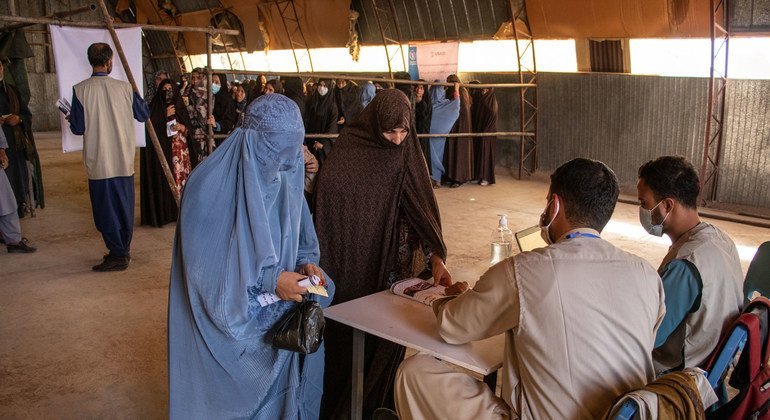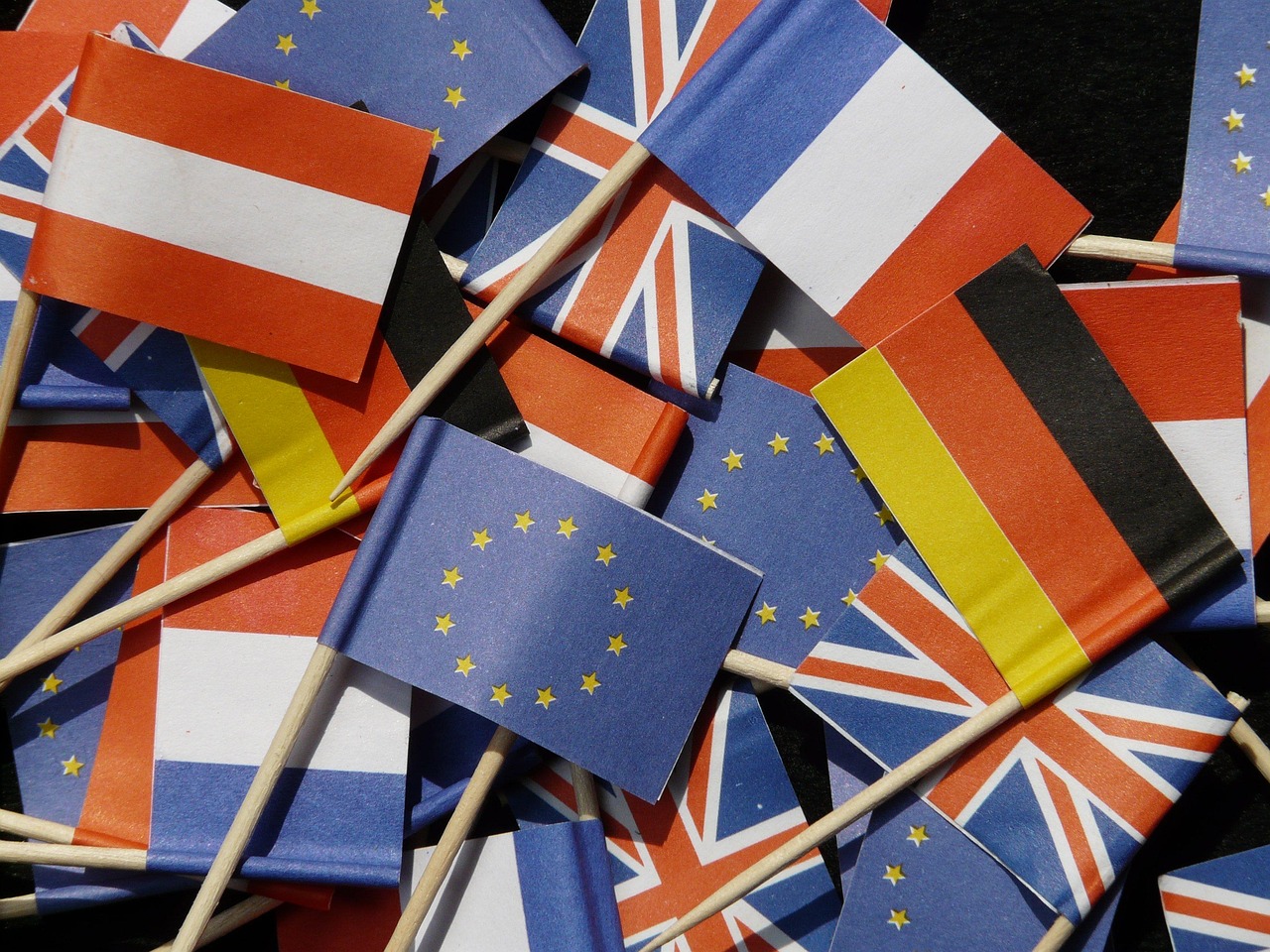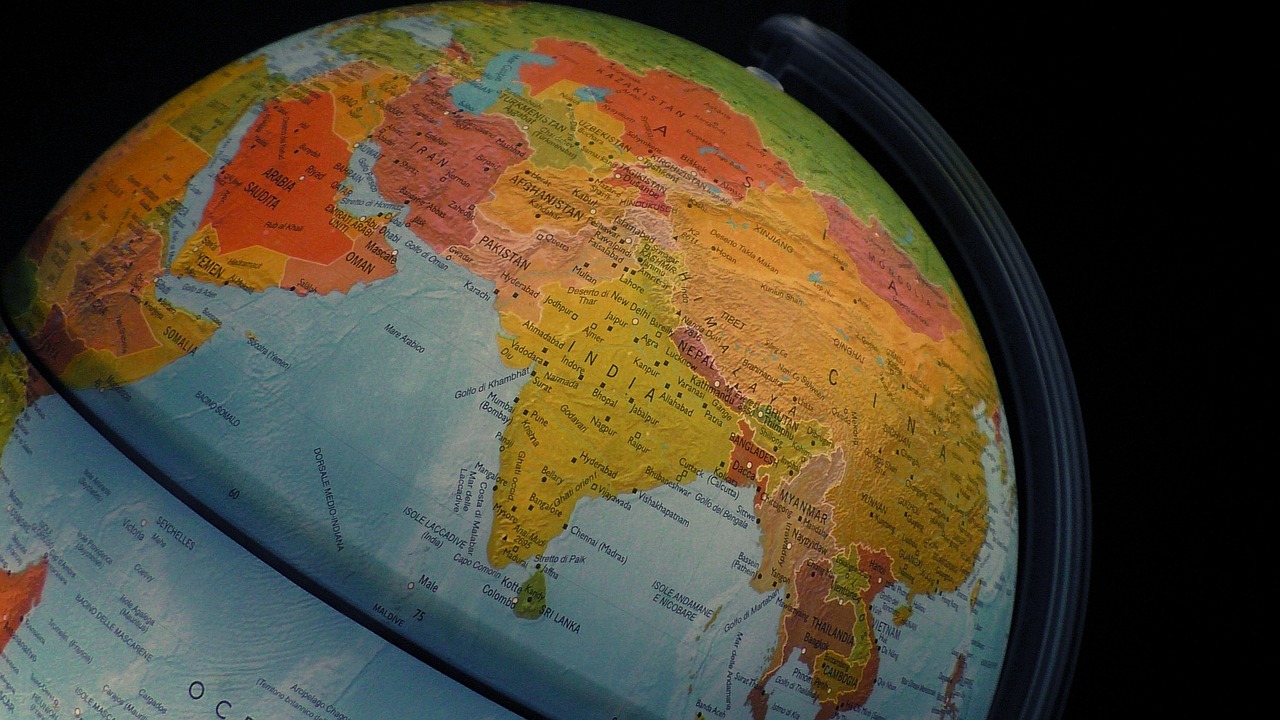For the first time since the end of the Cold War, global military spending surged in 2024, reaching an unprecedented $2.718 trillion. This 9.4% increase in just one year, reported by the Stockholm International Peace Research Institute (SIPRI), reflects a fractured world shaped by ongoing conflicts, strategic rivalries, and accelerated rearmament across Europe, the Middle East, and the Asia-Pacific.
The figures leave little doubt: more and more global resources are being channeled into military power. According to SIPRI’s latest data, global military expenditure rose for the tenth consecutive year, amounting to 2.5% of the world’s GDP. This marks the largest annual increase since at least 1988 and highlights an alarming acceleration in global militarization.
Europe has emerged as one of the epicenters of this surge. With a 17% increase, military spending on the continent reached $693 billion, driven by the war in Ukraine and a proliferation of defense programs. Germany, now the fourth-largest military spender globally, raised its defense budget by 28% in a single year, backed by a special €100 billion fund. Poland, with a 31% rise, now allocates 4.2% of its GDP to defense—far exceeding NATO’s official target.
The war in Ukraine continues to reshape Europe’s security architecture. In 2024, Russia allocated $149 billion to its armed forces—7.1% of its GDP and nearly 20% of its public spending. Ukraine, meanwhile, is struggling to keep pace despite dedicating 34% of its GDP to the military. Its $64.7 billion in defense spending, though slightly increased, relies heavily on foreign aid, particularly from the United States and Germany. Including all foreign assistance, Ukraine’s military budget would rise to $125 billion, making it the fourth-largest in the world.
The Middle East is also seeing explosive growth in defense spending. Israel, engaged on multiple fronts in Gaza and southern Lebanon, increased its military budget by 65%, reaching $46.5 billion—8.8% of its GDP, a record level since 1967. Lebanon, despite a severe economic crisis, also raised its defense spending by 58%, reflecting an asymmetric regional militarization. In contrast, Iran’s military expenditure fell by 10%, a result of economic sanctions and inflationary pressures.
In the Asia-Pacific region, China continues its steady military expansion. In 2024, Beijing allocated $314 billion to its armed forces, a 7% increase and part of three decades of continuous growth. This buildup—aimed at strengthening conventional, nuclear, and cyber capabilities—is prompting neighboring countries to respond. Japan raised its defense budget by 21%, its highest increase since 1952, while Taiwan, under constant pressure, raised its spending by 1.8%.
Across the Atlantic, NATO remains a key driver of global defense spending. In 2024, the Alliance’s 32 member states spent a combined $1.506 trillion, representing 55% of global military expenditure. Eighteen of them met or exceeded the symbolic 2% of GDP threshold, up from eleven the previous year. Although the United States still dominates—spending $997 billion, or 37% of the global total—the rearmament effort is increasingly concentrated in Europe, driven by fears of a potential U.S. strategic withdrawal.
The economic and social impacts of this arms race are becoming more visible. Countries like the United Kingdom, France, and Estonia are reallocating social budgets or increasing deficits to fund their military buildup. SIPRI warns that this prioritization of defense could undermine domestic economic balance and deepen social inequalities, while feeding a broader climate of geopolitical instability.
With active conflicts, growing interstate tensions, and increasingly strained alliances, the current path of military spending seems to mark a historic turning point. Far from being a temporary adjustment, this appears to be the beginning of a new global militarist era—with all the risks that entails.
Source: SIPRI report














